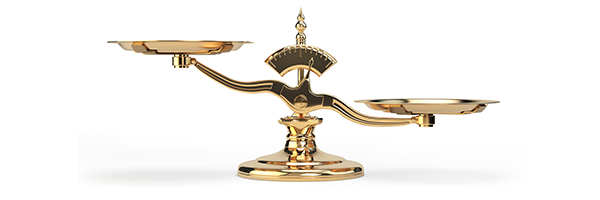Yesterday, May 18, the Standard & Poor’s 500 closed at 2953.
We’ve been here before. Several times, in fact.
On May 8, the index closed at 2929.80.
On April 29, the close was 2939.
With the 200-day moving average at 2998.,56, even yesterday’s big move doesn’t qualify as a breakout to the upside.
Today, as of 1 p.m. New York time, the S&P 500 had gone nowhere with a total move of exactly 0%.
The Dow Jones Industrial Average was down 0.35%. The NASDAQ Composite was ahead 0.65%. The Russell 2000 small cap index was higher by 0.01%. The iShares MSCI Emerging Markets ETF (EEM) was up 0.08%.
Essentially markets are stalled.
It’s understandable. Stocks aren’t cheap anymore after their rally from the March lows. And investors and traders want to see “something” to convince them to buy at these prices.
The potential catalysts?
Solid evidence of a V-shaped economic recovery. Second quarter GDP to be announced in early July is likely to show the economy contracting by an annualized 30% or more. Before that, though, we will get numbers from the weekly initial claims for unemployment, from the May jobs report, from retail sales trends that could indicate that the re-opening now in place in all 50 states to one degree or another is generating a significant uptick in economic activity. Or not.
More evidence of progress on a vaccine. With so many companies working on a vaccine, it’s hard to put a schedule to the next step, which will require large-scale testing in human volunteers. To me July for the start of such a test sound possible but aggressive. Right now it seems to me that the financial markets are pricing in a widely available vaccine by the end of 2020. I think that would require everything to go right with vaccine development and manufacturing and that strikes me as unlikely.
More stimulus from the Federal Reserve. Fed chair Jerome Powell told the Senate Finance Committee this morning that the central bank has the economy’s back. But what, concretely, does that mean? The Fed has succeeded in stabilizing the debt markets with a snow storm of special facilities to support the market for corporate bonds, municipal bonds, Treasuries of all flavors, mortgage-backed securities, money markets, and more. So what’s left that would make a big impression on stocks? An announcement that the Fed will go negative on interest rates could come as early as June, in theory. And, in theory, the Fed could announce that it would start buying common stocks, probably by buying ETFs as if did with its program to buy corporate bonds. I don’t think the Federal Reserve will do either of those things unless we look like we’re headed to another financial market meltdown because each would be a huge, precedent-shattering move and because employing those tools would leave the central bank tool box rather bare.
More stimulus from Congress. The Democrats have passed another $2 trillion to $3 million coronavirus rescue package in the House of Representatives. The Republicans in the Senate have said that package is dead on arrival and they’re proposed simply waiting to see how the already passed stimulus works. That runs the danger of leaving the economy twisting slowly in the wind when the added $600 a week in unemployment benefits in earlier coronavirus rescue packages ends in June and when the small business loans/grants of the Paycheck Protection Program ends in June as well. I don’t see the Senate budging on this unless the V-shaped recovery looks more like an L–and we won’t know that until it’s too late to fill the gap left by expiring programs.
Progress on working out a resolution of the looming trade war with China. I’m watching the war of word turn into a war of trade restrictions and counter-measures. My fear is the the domestic situation in China–where President Xi Jinping is under pressure to show his strength in the midst of an export slump–and in the United States–where President Donald Trump seems determined to blame China for the coronavirus outbreak–will lead to serious deterioration of trade between the two countries just when the global economy needs a boost. Maybe not. Maybe cooler heads among the advisers to the two presidents will prevail. But the odds of that don’t look good at the moment.
If one or two of these catalysts do materialize, stocks can move higher. Without them, I don’t see why investors and traders will decide to pay more for stocks. And with negative news we’re could be headed back to a retest of the March lows.
My own opinion is that all of these potential catalysts are unlikely. Yes, it’s lonely sitting out here on the bearish limb but I don’t see the risk/reward ratio pushing me to buy at this level. (It’s also not driving me to become more bearish either.)
If the catalysts materialize, I’ll recalculate the odds and, maybe, change my mind.
Please do your own calculations of the odds.
We’re at one of those inflection points and the trend depends on the news over the next month or two.


